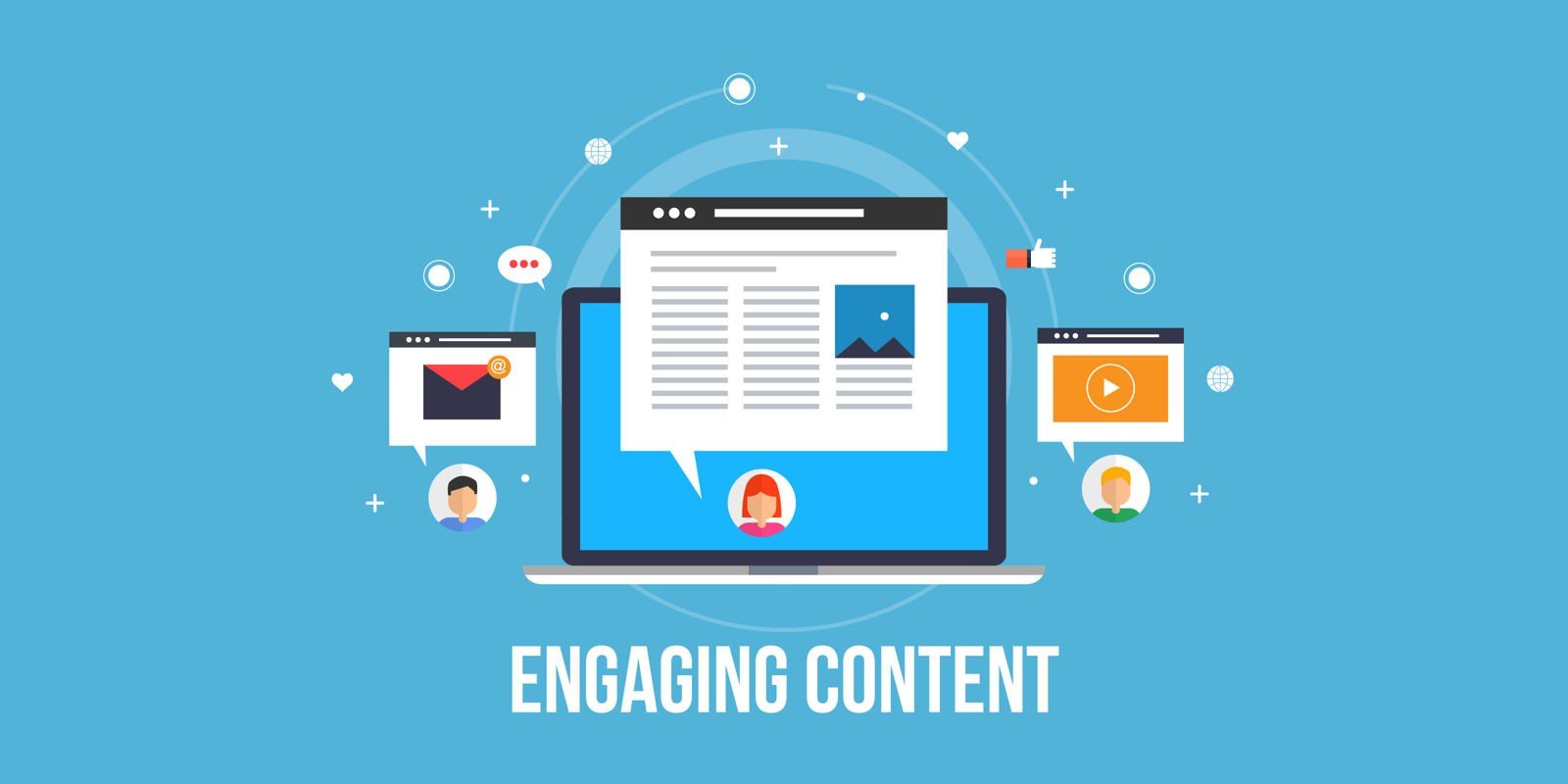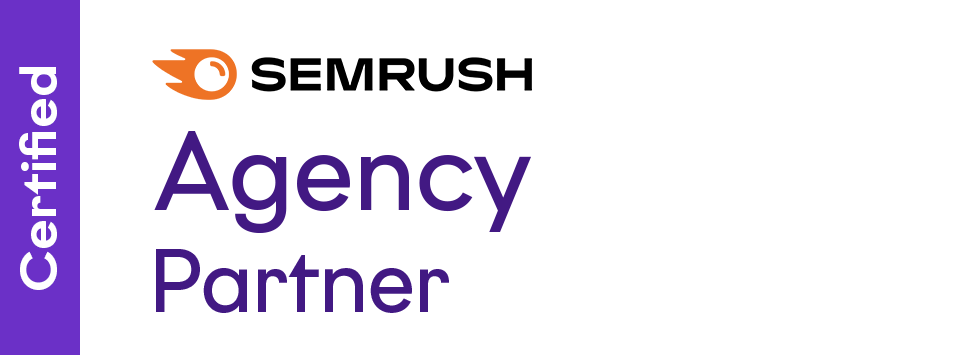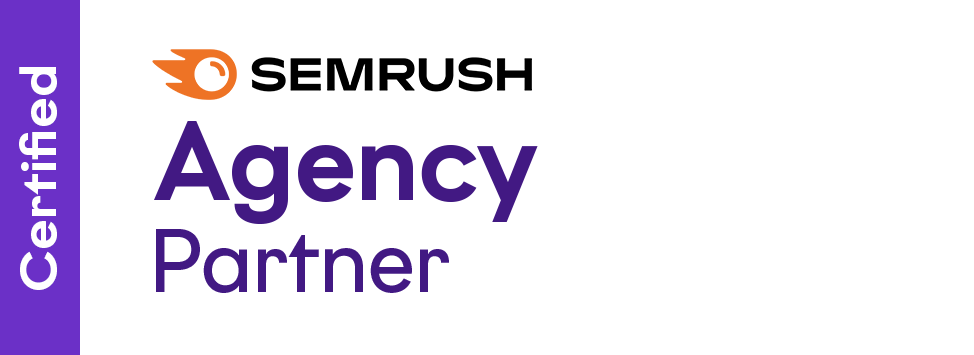Writing a high-quality article requires significant time and effort, but its success hinges on the effectiveness of its headline. Many articles remain unread because their headlines fail to attract attention. In content marketing, headlines are crucial for ensuring your content stands a chance to be seen. They must be magnetic enough to generate clicks, drawing readers into the body of your article.
This guide explores advanced strategies for crafting headlines that compel your audience to click and delve deeper into your content.
Understanding Your Audience Is Key to Writing a Good Headline
The first step in headline creation is understanding your audience. What are their interests, pain points, and desires? Tailoring your headlines to speak directly to your audience’s needs and preferences is essential. A headline that resonates with your audience is more likely to be clicked, read, and shared.
Pro tips:
- Use social media polls or surveys to gather insights about your audience’s interests.
- Analyze popular topics and questions in online forums related to your niche.
Related article: How to create a buyer persona
Incorporating Keywords When Writing Headlines
SEO is an integral part of content marketing, and your headlines play a significant role in this. Incorporating relevant keywords in your headlines helps improve your content’s visibility on search engines. However, it’s crucial to balance SEO with readability. The best headlines seamlessly integrate keywords without compromising their appeal to readers.
Pro tips:
- Use SEO tools to identify high-ranking keywords relevant to your content.
- Avoid stuffing headlines with keywords, which can deter readers.
The Psychology Behind an Effective Headline
Effective headlines often leverage psychological triggers. Words that evoke curiosity, urgency, or offer solutions to specific problems tend to attract more clicks. However, avoid over-promising or misleading headlines, as this can lead to a loss of trust and credibility with your audience.
Pro tips:
- Create a sense of urgency or curiosity without resorting to clickbait.
- Test different emotional appeals to see what resonates with your audience.
The Power of Numbers and Lists
Headlines with numbers, such as listicles or statistics, offer a clear expectation of what the content entails, making them highly effective. They promise a quick, easy-to-digest read, which is often appealing in our fast-paced digital world. Odd numbers, in particular, have been shown to catch readers’ attention more effectively.
Pro tips:
- Use numbers to indicate the length and depth of your content (e.g., “3 Quick Tips” vs. “10 In-depth Strategies”).
- Experiment with different number formats to see what works best for your audience.
Asking Questions in Headlines
Posing a question in your headline can be a powerful way to engage readers. It provokes thought and encourages them to seek the answer within your content. This approach can be particularly effective when the question addresses a common problem or concern of your target audience.
Pro tips:
- Use questions that directly relate to the main pain points or curiosities of your audience.
- Ensure the content provides a comprehensive answer to the headline’s question.
Optimizing Headline Length and Structure
While there’s no one-size-fits-all rule for headline length, a concise and clear headline often works best. In mobile views, longer headlines may get cut off, so placing the most critical information at the beginning is essential. Experiment with different structures to see what resonates best with your audience and fits within SEO guidelines.
Pro tips:
- Aim for headlines that are short enough to read at a glance but long enough to convey the essence of the content.
- Use tools to preview how your headlines will appear on different platforms.
Analyzing The Performance Of Your Headlines
Use analytics tools to track how your headlines are performing. Look at click-through rates, social shares, and engagement metrics to understand what types of headlines are resonating with your audience. This data is invaluable in refining your approach to headline writing.
I’d recommend using Google Analytics to track your performance and gain insights into the effectiveness of your headlines.
Pro tips:
- Regularly review your analytics to understand trends and patterns in headline performance.
- Be open to revising headlines based on data-driven insights.
A/B Testing Your Headlines
A/B testing different headlines can provide insights into what works best for your target audience. This involves creating two headline versions for the same content and measuring their performance in terms of clicks, shares, and engagement.
Pro tips:
- Use A/B testing software to measure the performance of different headlines.
- Consider the context of where the headline will appear when evaluating test results.
Learn how to write great headlines from others
Analyze successful headlines in your niche. What makes them effective? Dissect the structure, language, and style to understand why they work. Use these insights to inform your headline-writing strategy.
Pro tips:
- Keep a swipe file of successful headlines for inspiration.
- Try to replicate the successful elements in your headlines while maintaining your unique voice.
Final Thoughts On Headline Writing
Crafting effective headlines is a skill that takes time to develop. It requires a deep understanding of your audience, a flair for words, and an appreciation for SEO. By employing the strategies outlined in this guide, you can enhance the impact of your headlines and, consequently, the reach and engagement of your content.
However, if you’re looking to further elevate your content’s performance in search rankings, consider leveraging professional SEO services. Our team of SEO experts can help optimize your content strategy, ensuring that your hard work gets the attention it deserves. Contact us today to learn how we can transform your content’s visibility and effectiveness.



















